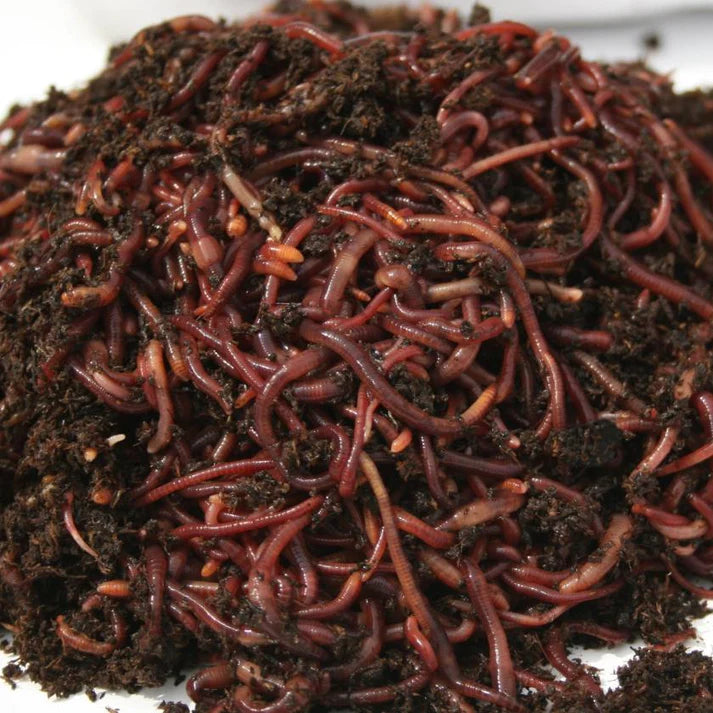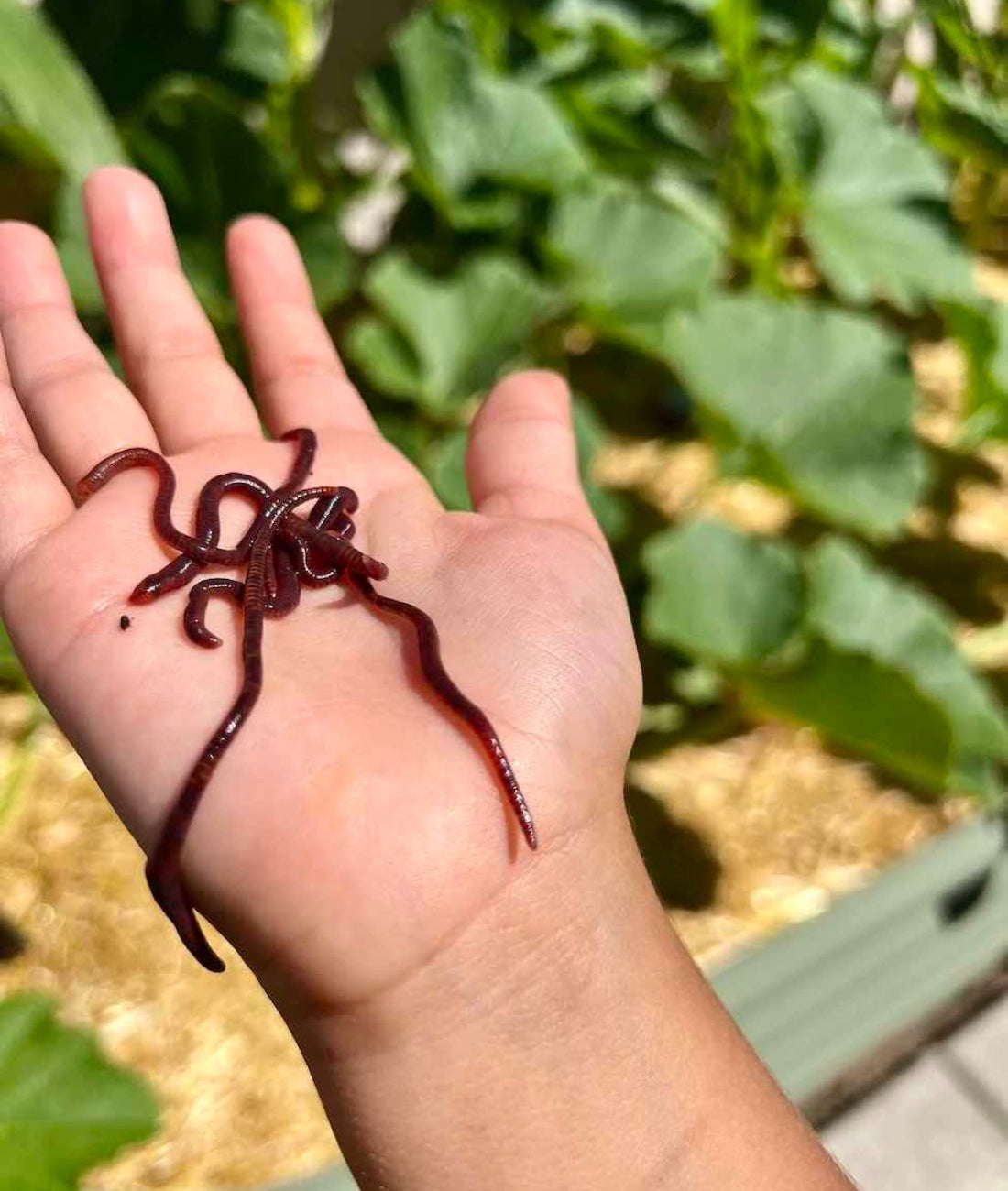Rumored Buzz on Red Wiggler Express
4 Simple Techniques For Red Wiggler Express
Table of ContentsGet This Report about Red Wiggler ExpressThe Basic Principles Of Red Wiggler Express The Ultimate Guide To Red Wiggler ExpressFacts About Red Wiggler Express RevealedIndicators on Red Wiggler Express You Need To Know
It's safe to claim this stuff would have been wonderful to include as a to vermicomposting systems! And the prospering Red Worm populace? It simply never ever took place. Even in the stack that was established directly before yard composters with existing Red Worm colonies. Yet these nutritionally-boosted timber chip environments are definitely loaded with Lumbricus sp.
Many ranges, including Red Wigglers, European Nightcrawlers, and Lumbricus types were brought over from the European continent. But right here's the thingNative or otherwise - and as skilled as they are at having the ability to endure in a wide-range of environments and conditions -. To put it simply, they are much more most likely to hang out in any kind of active composting systems you have set up, than they are to roam off and start messing up the environment.
Origins need oxygen for respiration and count on smooth air flow within the dirt to thrive. When it rainfalls, soil can become saturated with water, lowering the oxygen available and preventing nutrient absorption. To keep an optimal balance, the dirt needs to permit water to drain adequately, leaving adequate space for air to support origin health
Red Wiggler Express Things To Know Before You Get This

When it concerns worms for composting, what comes to mind? If you were an earthworm dog breeder, dealer, or plain gardener, then you 'd know that red wiggler worms are the optimal worms for vermicomposting. To read more concerning these planet wonders, reviewed several of the red worm facts listed below.
(http://www.surpassconnect.com/hickory/professional-services/red-wiggler-express)Yet if they extend their bodies, you'll be able to see the stripes on their skin. When elevating worms such as red wiggler worms, you must have the ability to understand exactly how to make good use of them. When you have the ability to maintain and care for their habitat well, and also feed them the best type of organic wastes, then they'll have the ability to generate nutrient-packed and quality-rich worm spreadings for you (additionally known as worm poop or compost).
7 Easy Facts About Red Wiggler Express Described
What do worms eat? Well, these red wriggler worms can be fed with kitchen area scraps and yard wastes.

This habits makes them well-suited forever in worm containers, compost heap, and other constrained areas where natural waste is abundant. Producing an ideal setting for red wigglers needs a thoughtful approach. Think about the adhering to vital aspects to look after red wigglers in your home and guarantee their wellness: Make use of a bedding of shredded newspaper or cardboard.

Include a handful of dry, shredded newspaper if the bin ends up being as well wet. They do! Red wiggler worms reproduce by laying little, lemon-shaped eggs in protective cocoons. These cocoons are generally deposited in the bedding and hatch into child worms within a couple of weeks. The rapid recreation cycle of red wigglers is among the factors they are favored for vermicomposting.
Facts About Red Wiggler Express Revealed
Their adaptability and strength have actually made them a popular option for vermicomposting in different areas around the world. Yes! They can endure from a series of 32F to 90F. They are very versatile critters. Consider safety procedures for extremely severe temperatures such as: Protecting the worm container with layers of straw or leaves.

Simply keep in mind - you can always include more food later (yet it's difficult to eliminate feed once it's been included to a bin!).
Since I fed the red wigglers and garden compost worms way too much, they weren't able to maintain and over time the older food went uneaten and created anaerobic conditions that killed the worms. The bright side is that there are very simple activities you can take to guarantee this does not take place! Right here're the 6 principles for how often and just how much to feed your worms: Guideline # 1: Small amounts! You can constantly add even more food later on.
A Biased View of Red Wiggler Express
Leftover food will cause anaerobic problems that will certainly eliminate your live worms. It is okay to spray a little of their original bed linen (which ought to already be in the container) over the food, yet the food must never ever be hidden and need to show up to your eye. Policy # 5: See regulation # 1! Policy # 6: After the initial feeding, feed the worms 1/3 to 1/2 of their weight.